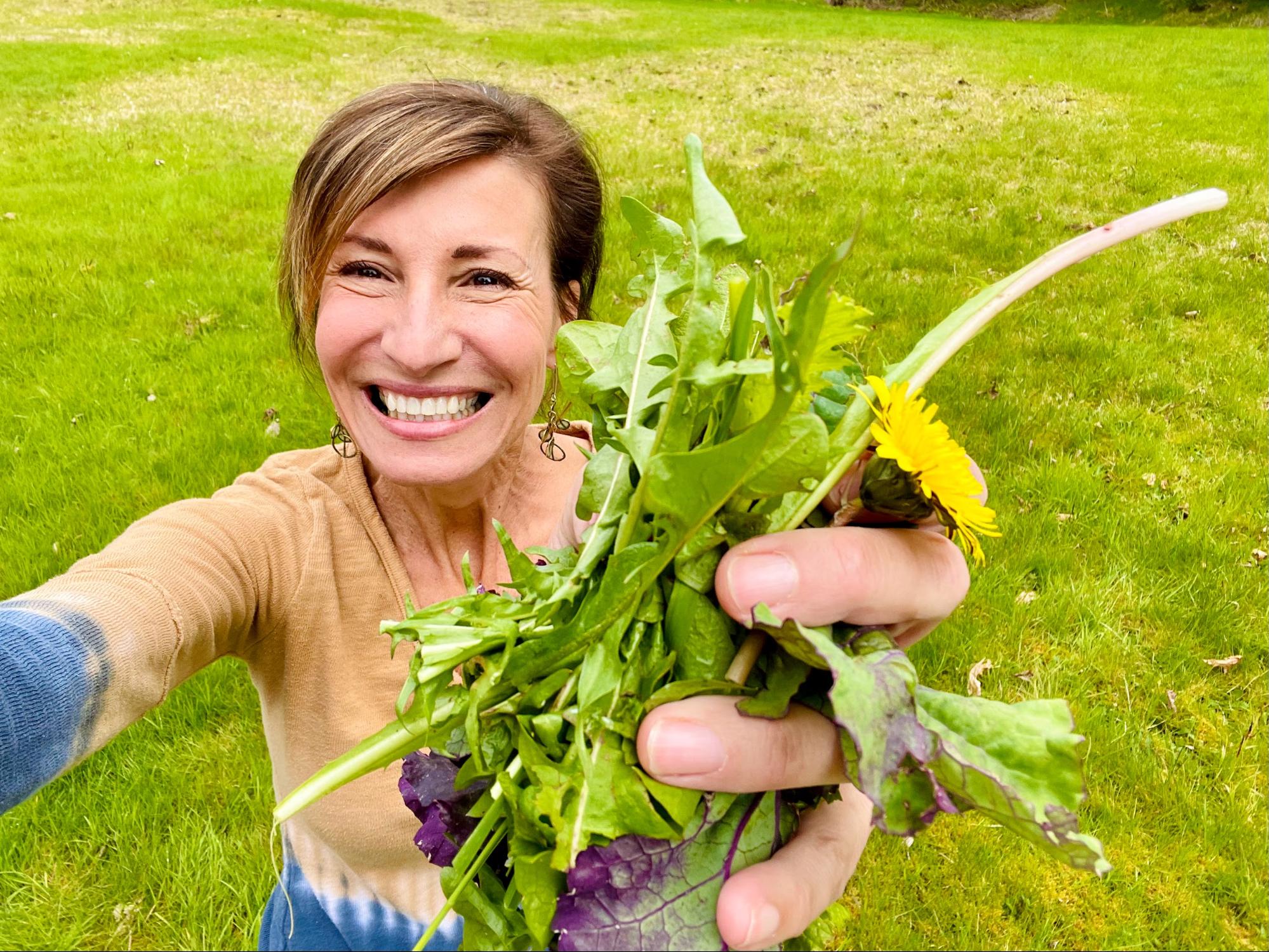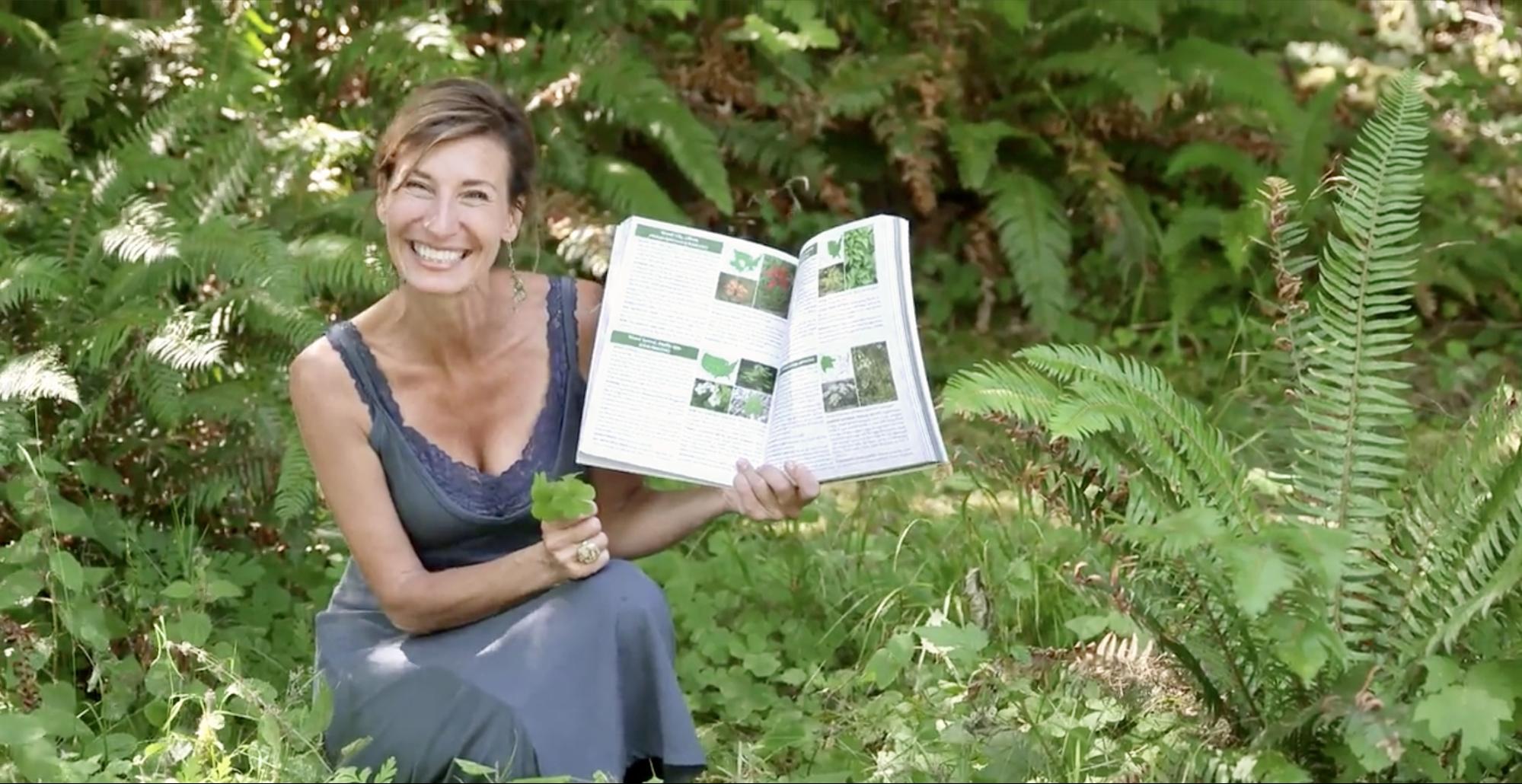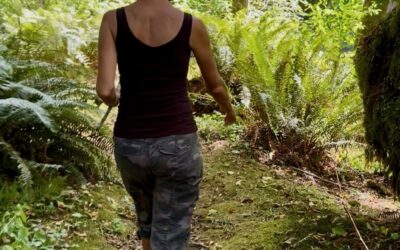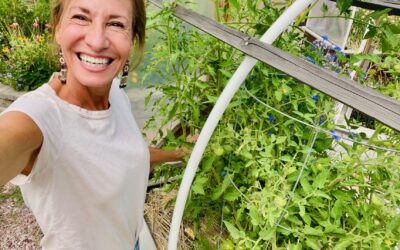The Edible City Plants Hidden in Plain Sight
While most associate foraging with rural locations, you would be surprised at how many wild edibles you can find in urban environments — and even in your own backyard! As someone who is an enthusiastic forager, I believe everyone should have access to wild foods, even if you live in a city. Not only are these foods economical in an age of rising food prices (as in free), but they are exceedingly nutritious to boot. Below we will discuss resources and several common wild foods that you can forage today, plus a simple recipe. Let’s dig-in!
First and Foremost, Safety
The number one rule of foraging is establishing which plants are safe (and those that are not). This also includes insects and especially wild mushrooms. I always advise working with an expert in the field when first starting out.
A good rule of thumb for insects is that “if it is hairy, brightly colored, or has more than six legs, you should steer clear of it. These are nature’s warning signs that there is a good chance it is poisonous.”1For most wild foods, cooking is ideal as it destroys parasites and makes them easier to digest. One exception is wild greens used for salads, berries, and other fruit.
As I wrote in “Discover the Joy of Wild Foods, Foraging, and DIY Spore Prints“:
“…before consuming any wild plant, make absolutely certain it is not poisonous. If you are the least bit unsure, consult a reputable expert. This is crucial, especially with wild mushrooms. I recommend you find an experienced mentor if you’re just starting out. A good field guide is also necessary as it will help you to properly identify and learn about new plants. And make sure to educate yourself about the dangerous species native to your area before heading into the wild to forage.”
Additionally, spore prints are invaluable for mushroom identification. For easy detailed instructions on how to do a spore print, see this post.
Lastly, avoid harvesting wild foods in an area that has been sprayed with herbicides or are near busy roads and always remember to ask permission if foraging on private property. Only harvest what you need.
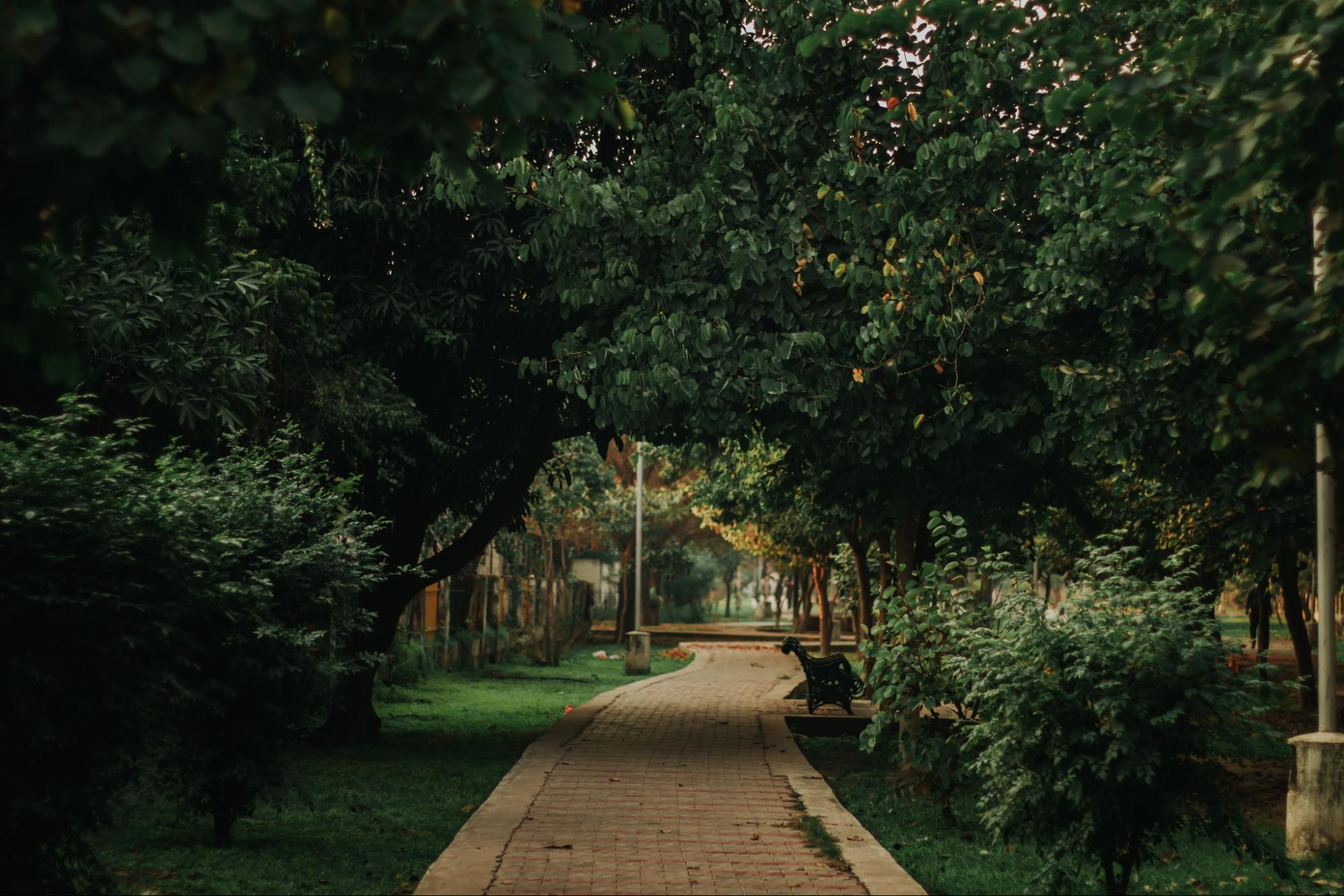
Common Urban and Backyard Wild Plants
There are many varieties of wild foods that can be found in an urban environment — let’s explore a few of the most common and easiest to identify.
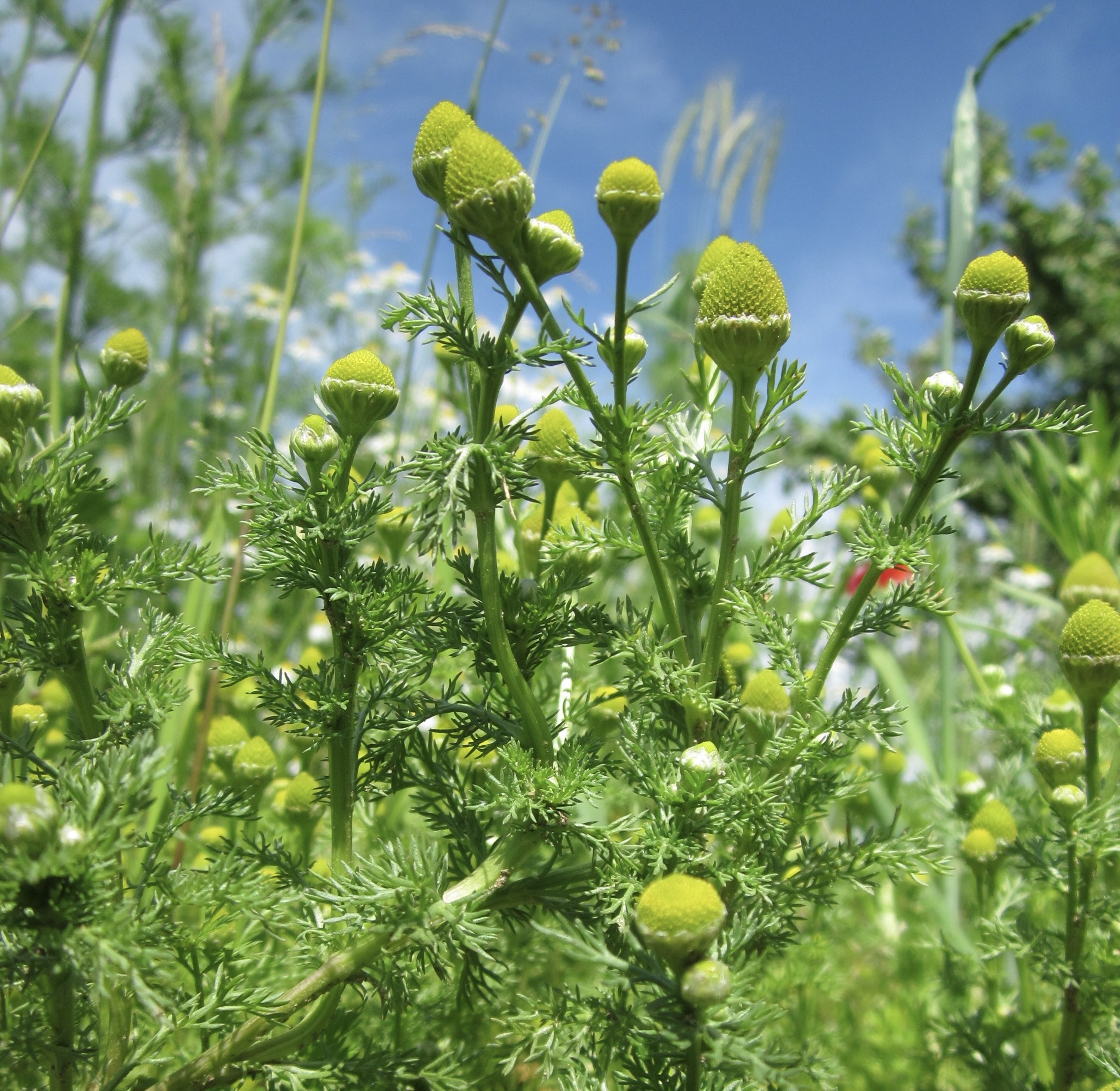
Pineapple Weed (Matricaria discoidea)
There is a good chance you have walked by this pretty, but unassuming plant in the city. Pineapple weed looks a lot like chamomile (minus the white petals), so it may have caught your eye. You can often find it growing in rocky soil, the cracks of sidewalks and pavement, and also along the sides of buildings — generally, anywhere there is disturbed soil. This plant is a survivor! When crushed it smells like, you guessed it: pineapple. Interestingly, researchers have found that an essential oil made from dried pineapple weed is just as effective in repelling mosquitoes as DEET.2
It is low growing and found abundantly in almost every state, except Florida and Georgia. It has densely packed yellow-green corollas with smooth green leaves that branch out into a feathery, fern-like appearance. Leaves grow up to 2 inches (5cm) long and 0.7 inches (1.7cm) wide. The plant itself doesn’t grow beyond 4 inches (10cm) tall.
Medicinal uses: digestive upset, fevers, menstrual pain
Edible parts: leaves and flowerhead
How to harvest and eat: Harvest the whole plant or pinch flowers at the base. I often munch on the leaves while hiking. The fresh or dried flower heads or the entire plant makes a lovely tea. Once the leaves are washed, they can be eaten raw or cooked.
Recipe. Pineapple weed syrup: Cover flowerhead with water and simmer for 6 minutes, then strain. Measure the infusion and to every cup of liquid, add one cup of sugar. Combine the infusion and sugar and heat slowly while stirring until the sugar dissolves. You can use it for drinks or salad dressing.
Safety: Use with caution as some people are allergic to pineapple weed.
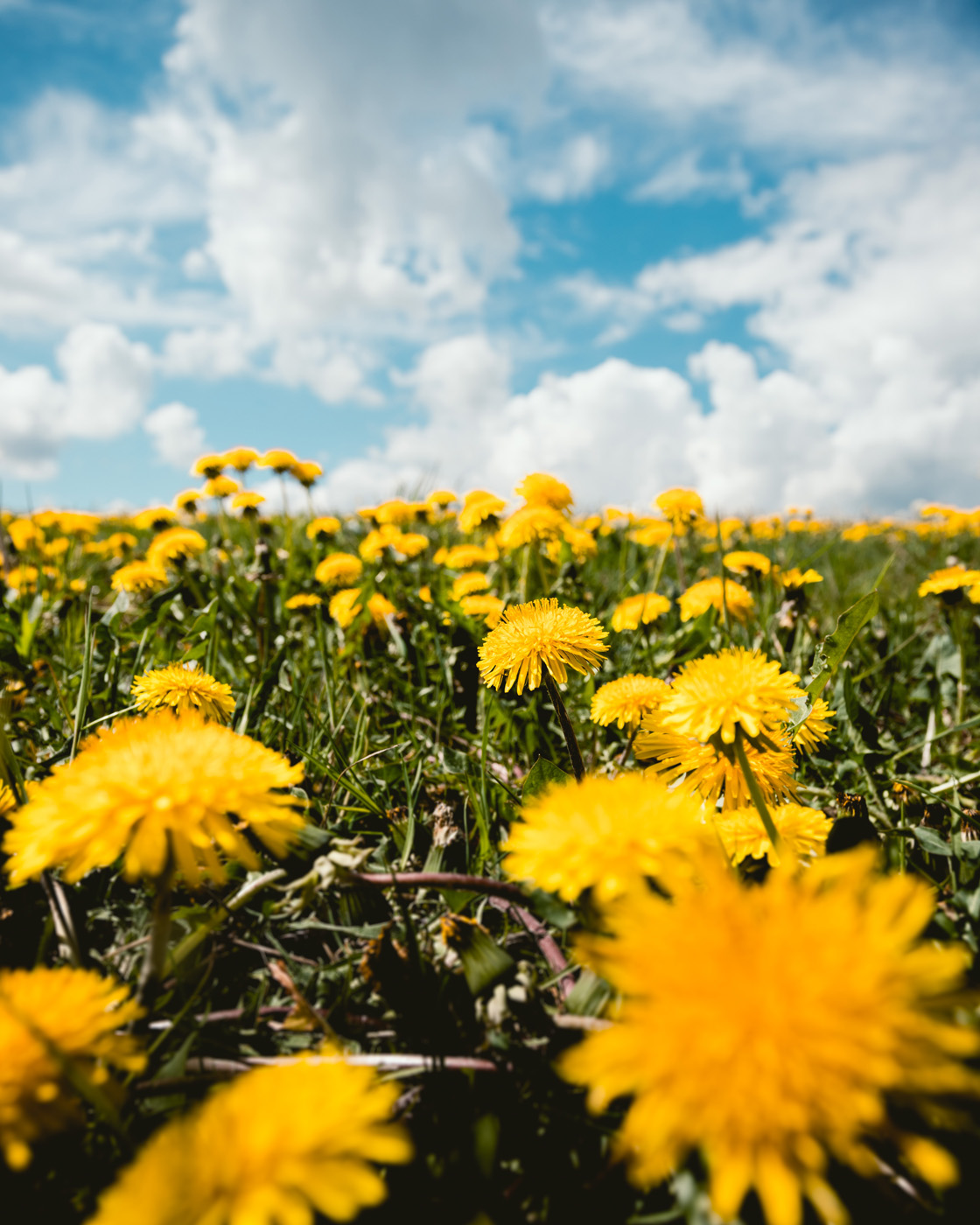
Dandelion
The bane of gardeners everywhere, dandelion is typically viewed as a pest weed with little or no benefit — except to aggravate Parks & Recreation departments and homeowners. But this is a mistake! Dandelion is one of the most nutritious and versatile urban wild foods around. Every part of this vigorous plant is usable. To identify, look for plants that grow 2-16 inches (5-40cm) tall with a basal rosette of serrated leaves and vertical stems that have a single yellow flower. As the plant matures, the flowers develop into a 2-inch (5cm) spherical seed head. The purplish stems release a milky latex.
Medicinal uses: diuretic properties
Edible parts: flowers, flower buds, leaves, and roots
How to harvest and eat: Pick the leaves while they are young before the plant flowers to avoid excessive bitterness. Steam or sauté and enjoy like spinach. The flowers make an excellent tea or can be used in fritters. The buds can be pickled and resemble capers. Chop and roast the roots to be used as a coffee substitute.
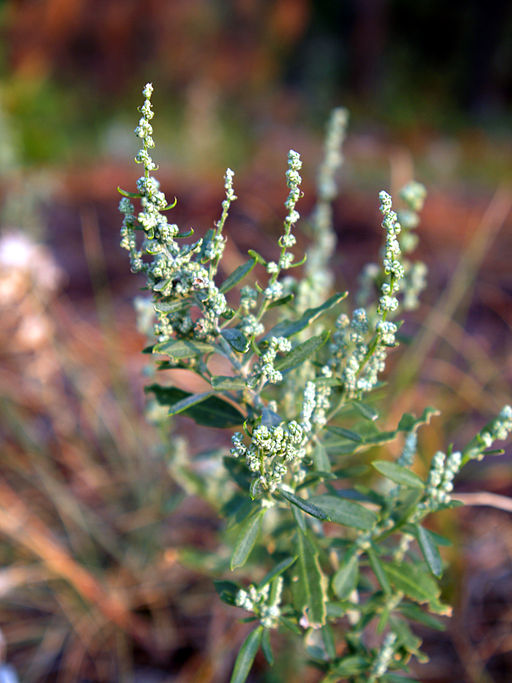
Lamb’s Quarter
Also known as pigweed or goosefoot, lamb’s quarter is a summer annual that is found around the world. Similar to pineapple weed, it is hearty and survives in a number of environments, preferring disturbed soil in urban areas, gardens, fields, and waste ground. It grows 1-6 ft. (0.3-2m) tall and has branching stems that range from blue-green to purple or red striped. The flowers grow on spikes that are 4-8 inches (10-20cm) long. Densely packed, the flowers are yellowish-green and do not have petals. They bloom for 1-2 months from midsummer through the autumn. The light green leaves are triangular in shape with a white, powdery coating. They can grow up to 5 inches (12.5cm) long and 3 inches (7.5cm) wide.
Medicinal uses: highly nutritious and can be used as a poultice for skin conditions.
Edible parts: seeds, flowers, and leaves
How to harvest and eat: Gather young leaves early in the day while it is still cool, then submerge into cold salted water for 10-20 minutes. Drain well. They can be used sparingly in raw salads, smoothies, and juices. The leaves can also be cooked like spinach; steamed or boiled, then added to soups, stews, egg dishes, and sauces. Many times I will freeze or dry the leaves to use for extra nutrition in the winter. Flower spikes make a terrific broccoli substitute. Harvest the seeds in the fall by hanging the flower spikes inside a bag — the seeds will drop down as they dry. Use a rolling pin to remove the dry casing so you can sift the chaff. They can be used as a cereal grain or added to dals or pilafs. It is best to soak the seeds overnight and rinse well. Seeds must be frozen or cooked before consumption. Additionally, the seeds can be sprouted or ground into a flour.
Safety: Lambs quarter can contain oxalic acid and saponins, so it is best to consume in moderation, particularly when raw. Always harvest from unpolluted areas.
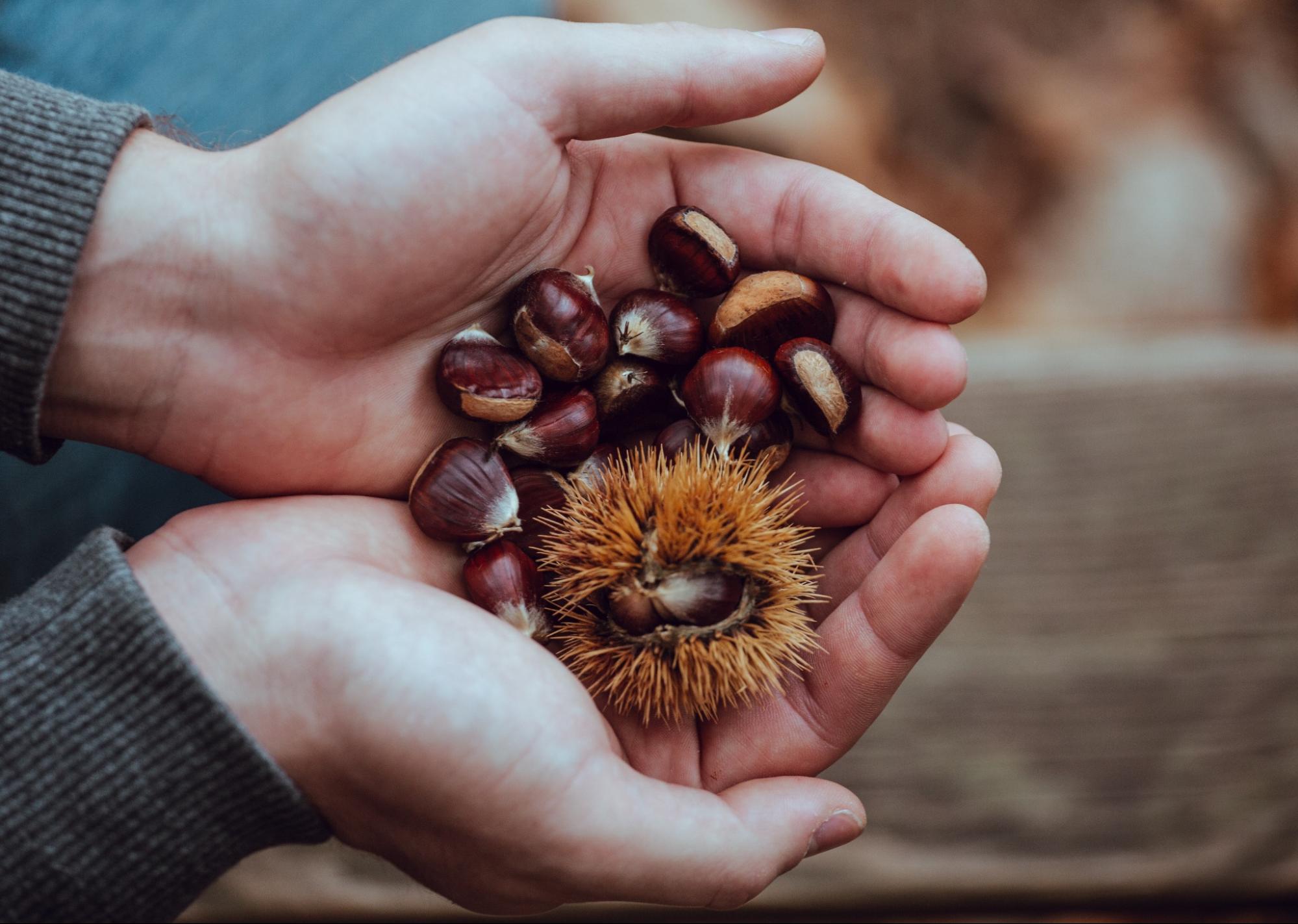
American Chestnut (Castanea dentata)
Often planted in urban parks and neighborhoods, American chestnut is found throughout the Northeast and Southeast of the United States. The maximum height these trees grow is 15 ft. (4.5m). They produce distinctive nuts that are encased in spiny, green bur-like husks, which measure 2-3 inches (5-7.5cm) across. The oblong leaves are yellowish green with coarsely toothed edges.
Medicinal uses: astringent
Edible parts: the nut
How to harvest and eat: Between September and October, the nuts drop from the tree, making them easy to collect. Gather after the first frost has split open the husks. Chestnuts need to be boiled, steamed, or roasted to eliminate the bitterness and for ease of peeling the outer shell. They can be dried, processed into a flour, or ground into a coffee substitute.
Poisonous lookalikes: Horse Chestnut, Aesculus hippocastanum
A Foraging Guide Like No Other
Learn more about urban foraging and over 400 medicinal and edible wild foods in my book, The Forager’s Guide to Wild Foods: Edible Plants, Lichens, Mushrooms, and Seaweeds. This wild food guide covers a wide-range of plants across North America.
Each entry has an introduction, a range map, edible uses, common medicinal uses, poisonous look-alikes, a description of the flowers and leaves for ID, excellent color photos, harvesting instructions, and a simple recipe. This is one book you will always want on-hand! Tap here to learn more.
Wishing you many days of abundant and happy foraging!
Nicole Apelian
References
- “Wild Foods 101: Safely Foraging Edible Plants and Creatures” Nicole Apelian, April 20, 2021. https://nicoleapelian.com/blog/wild-foods-101-safely-foraging-edible-plants-and-creatures/
- “Mosquito Repellency Of Pineapple Weed Compounds” U.S. Department of Agriculture. https://scientificdiscoveries.ars.usda.gov/explore-our-discoveries/southeast/ms-mosquito-repellency-of-pineapple-weed-compounds/

